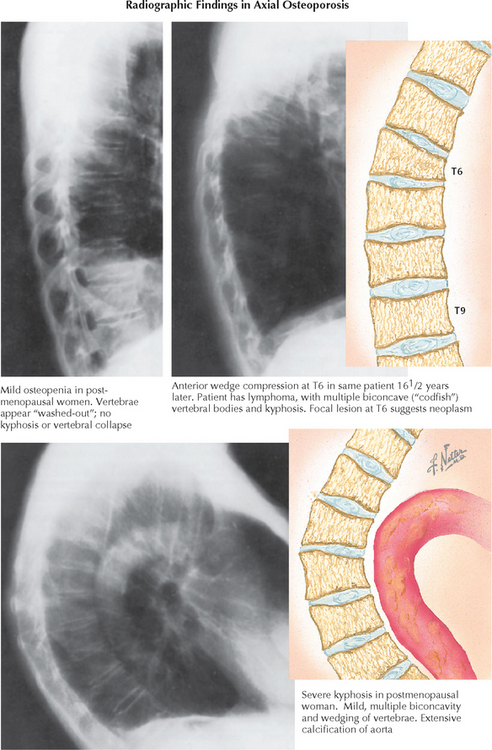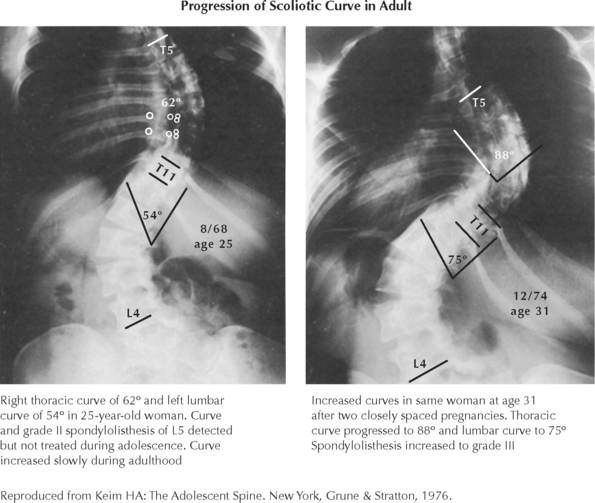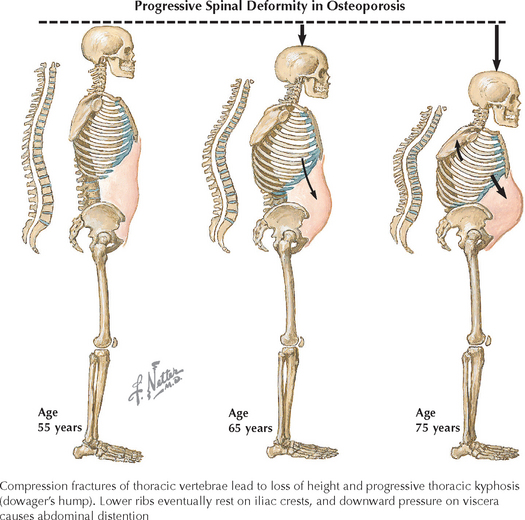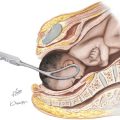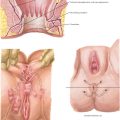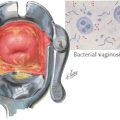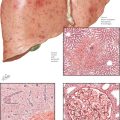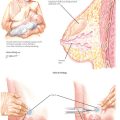Chapter 38 Osteoporosis
INTRODUCTION
ETIOLOGY AND PATHOGENESIS
DIAGNOSTIC APPROACH
MANAGEMENT AND THERAPY
Nonpharmacologic
Drug(s) of Choice
Alternative Drugs
FOLLOW-UP
MISCELLANEOUS
Black DM, Delmas PD, Eastell R, et alHORIZON Pivotal Fracture Trial. Once-yearly zoledronic acid for treatment of postmenopausal osteoporosis. N Engl J Med. 2007;356:1809.
Goss AN. Bisphosphonate-associated osteonecrosis of the jaws. Climacteric. 2007;10:5.
Reid IR, Mason B, Horne A, et al. Randomized controlled trial of calcium in healthy older women. Am J Med. 2006;119:777.
Boonen S. Bisphosphonate efficacy and clinical trials for postmenopausal osteoporosis: similarities and differences. Bone. 2007;40:S26.
Chesnut CH. Treating osteoporosis with bisphosphonates and addressing adherence: a review of oral ibandronate. Drugs. 2006;66:1351.
American College of Obstetricians and Gynecologists. Osteoporosis. ACOG Practice Bulletin 50. Washington, DC: ACOG, 2004.
American College of Obstetricians and Gynecologists. Selective estrogen receptor modulators. ACOG Practice Bulletin 39. Washington, DC: ACOG, 2002.
Benhamou CL. Effects of osteoporosis medications on bone quality. Joint Bone Spine. 2007;74:39. Epub 2006 Nov 28
Clunie G. Update on postmenopausal osteoporosis management. Clin Med. 2007;7:48.
Dennison E, Mohamed MA, Cooper C. Epidemiology of osteoporosis. Rheum Dis Clin North Am. 2006;32:617.
Derk CT. Osteoporosis in premenopause. When are screening and treatment prudent? Postgrad Med. 2006;119:8.
Gass M, Dawson-Hughes B. Preventing osteoporosis-related fractures: an overview. Am J Med. 2006;119:S3.
Hadjidakis DJ, Androulakis II. Bone remodeling. Ann N Y Acad Sci. 2006;1092:385.
Hosking D, Chilvers CED, Christiansen C, et al. Prevention of bone loss with alendronate in postmenopausal women. N Engl J Med. 1998;338:485.
Kim DH, Vaccaro AR. Osteoporotic compression fractures of the spine; current options and considerations for treatment. Spine J. 2006;6:479.
Lambrinoudaki I, Christodoulakos G, Botsis D. Bisphosphonates. Ann N Y Acad Sci. 2006;1092:397.
Liberman UA. Long-term safety of bisphosphonate therapy for osteoporosis: a review of the evidence. Drugs Aging. 2006;23:289.
Llorens R. A review of osteoporosis: diagnosis and treatment. Mo Med. 2006;103:612.
Lobo RA. Menopause. In: Katz VL, Lentz GM, Lobo RA, Gershenson DM, editors. Comprehensive Gynecology. 5th ed. Philadelphia: Mosby/Elsevier; 2007:1050.
Mauck KF, Clarke BL. Diagnosis, screening, prevention, and treatment of osteoporosis. Mayo Clin Proc. 2006;81:662.
McCarus DC. Fracture prevention in postmenopausal osteoporosis: a review of treatment options. Obstet Gynecol Surv. 2006;61:39.
Miller RG. Osteoporosis in postmenopausal women. Therapy options across a wide range of risk for fracture. Geriatrics. 2006;61:24.
Mosekilde L, Vestergaard P, Langdahl B. Fracture prevention in postmenopausal women. Clin Evid. 2006;15:1543.
Poole KE, Compston JE. Osteoporosis and its management. BMJ. 2006;333:1251.
Pyon EY. Once-monthly ibandronate for postmenopausal osteoporosis: review of a new dosing regimen. Clin Ther. 2006;28:475.
Raisz LG. Clinical practice. Screening for osteoporosis. N Engl J Med. 2005;353:164.
Reid DM. Once-monthly dosing: an effective step forward. Bone. 2006;38:S18. Epub 2006 Mar 13.
Riggs BL, Melton LJIII. Medical progress: involutional osteoporosis. N Engl J Med. 1986;314:1676.
Rizer MK. Osteoporosis. Prim Care. 2006;33:943. vii.
Rosen CJ. Clinical practice. Postmenopausal osteoporosis. N Engl J Med. 2005;353:595.

